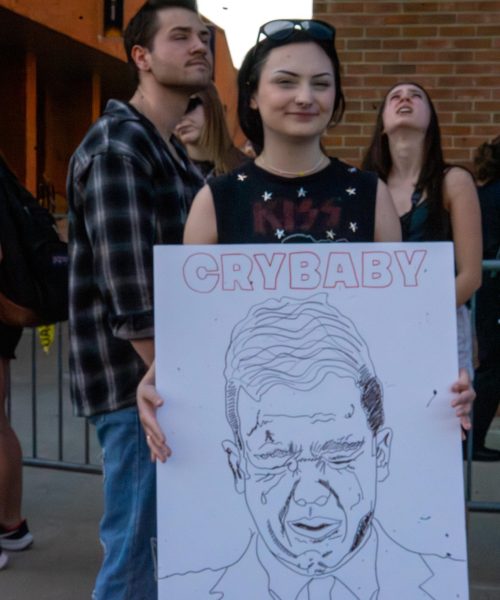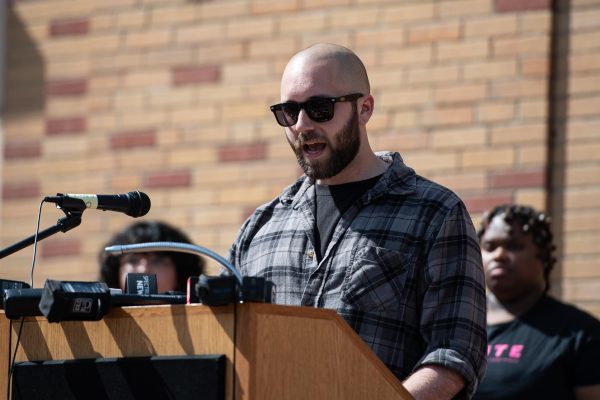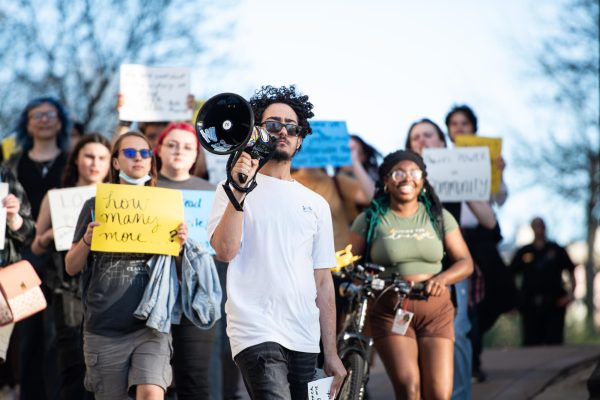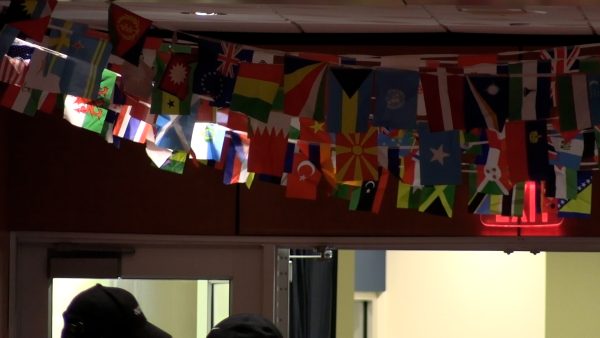Unsolved mysteries of May 4, 1970
May 4, 2005
Were the Ohio National Guardsmen ordered to shoot the students on May 4, 1970? This is not the only unsolved mystery of May 4.
Was there a 14th victim?
FBI statements released to the victims’ attorneys, but not to journalists who obtained the same report using the Freedom of Information Act, reveal that a student named Robert Freeman told the FBI he was struck by shrapnel while standing on the porch of Taylor Hall. It is unclear how seriously Freeman was wounded. According to his mother, Robert died in 1976 and “her boys didn’t tell their mother very much.” She suggested speaking to his brother Michael, who did not return numerous calls.
Why did the guardsmen remove their identifying name tags?
The official version is that the tags were removed so demonstrators could not identify individual soldiers and harass them at their homes. The problem with that explanation is that it meant that clever and resourceful protesters could correctly guess guardsmen’s first names, the units they were assigned to and deduce where in Northeast Ohio the soldier lived. The odds of that happening were remote. It seems much more plausible that the tags were removed to prevent the guardsmen from being identified after the fact.
Did an undercover informant named Terry Norman play any role in the shootings?
Norman, a part-time student and photographer for the FBI and campus police, was chased from the scene of the shootings shortly after the soldiers fired. His .38-caliber pistol was confiscated, and eyewitnesses told different stories as to what they saw and heard. Two witnesses thought they heard Norman admit shooting a student.
Norman and the Kent State police denied his gun had been fired, and ballistics tests failed to resolve the question. However, Norman seemed to be exonerated by the fact that none of the guardsmen who fired suggested they fired as a direct result of Norman’s actions.
Nevertheless, attorneys uncovered evidence, in the words of Guard Capt. John Martin, that Norman positioned himself “somewhere between the National Guardsmen and the students and he seemed to run out, throw this object and come back.” Norman himself admitted throwing “two or three” rocks at demonstrators (although one demonstrator placed the number at more like “half a dozen, a dozen.”)
The testimony raises a disturbing question: Did Norman deliberately try to provoke an incident between the students and guardsmen?
Why were some protesters responsible for the ROTC fire two nights before the killings never prosecuted by the government?
I discovered an FBI file containing a detailed confession by George Walter Harrington, an 18-year-old high school student who visited his brother that weekend. Harrington admitted to breaking a window in the ROTC building, acting as a middleman in the initial igniting of the building and interfering with firemen who attempted to extinguish the blaze.
Harrington’s confession was prominently mentioned in several internal FBI memos circulated among top FBI officials. His confession appears to be one of the strongest among the protesters.
Why Harrington was never indicted by a grand jury and why his name has never publicly surfaced before now remains a mystery.
William A. Gordon is a 1973 Kent State alumnus and the author of Four Dead in Ohio: Was There a Conspiracy at Kent State?
Contact him at [email protected].























